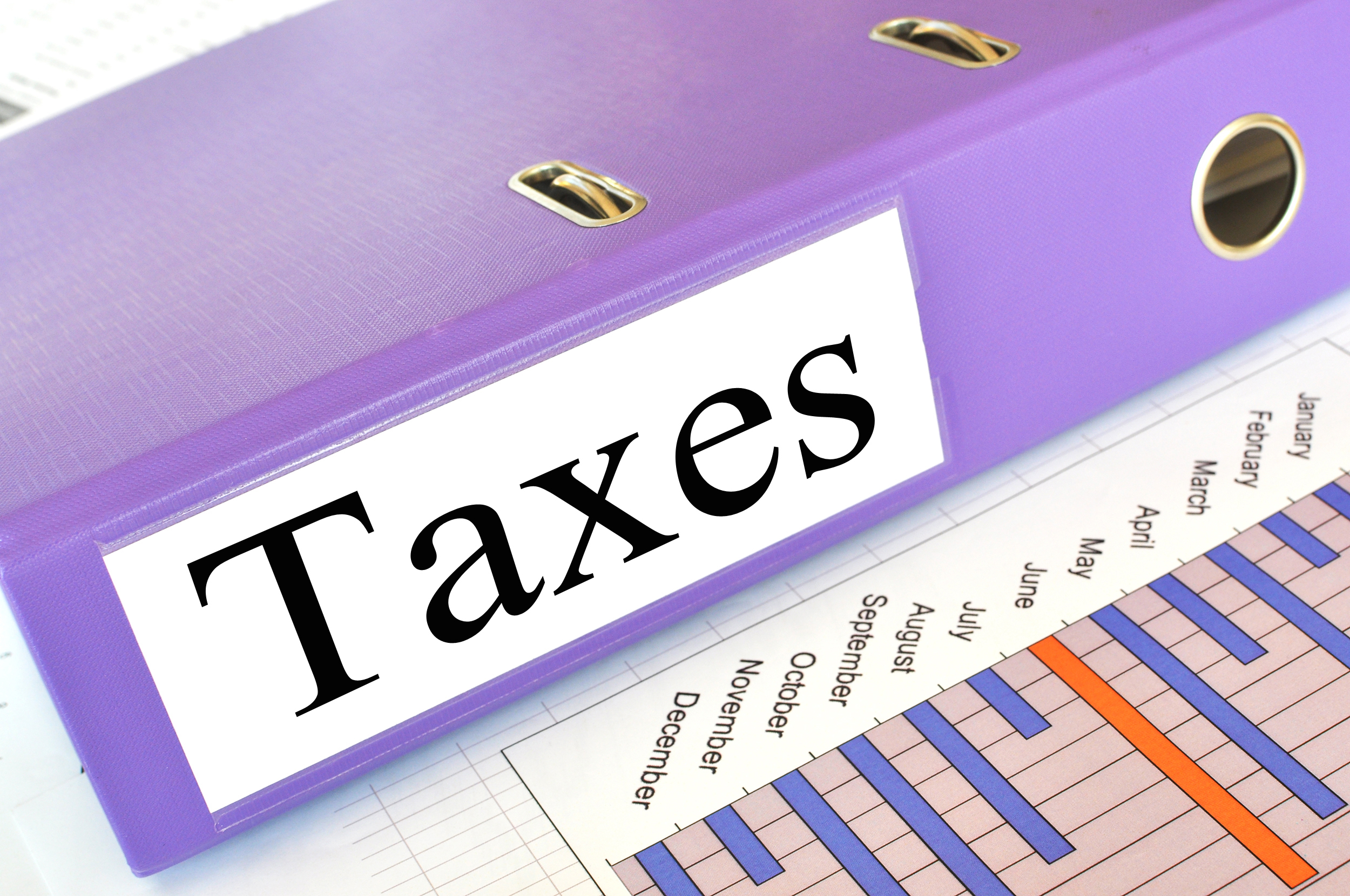Household Bills
Act now or regret it: Top year-end tax tips

You still have time to make use of available tax reliefs before the end of the tax year on 5 April.
David Truman, a partner at Menzies LLP, provides top tips to make the best use of available tax reliefs ahead of the tax year end.
Maximise your pension contributions
Pension contributions legislation has changed many times over recent years. In the recent Budget it was announced that additional flexibility would be introduced in the next tax year, increasing the options available to savers and enhancing the attractiveness of making pension contributions. Here are some ideas you should consider prior to the 5 April deadline:
*Make pension contributions up to the £50,000 annual allowance where possible as the annual allowance is reducing to £40,000 for 2014/15.
*Carry forward unused allowances from earlier tax years. Individuals may be able to carry unused allowances from the previous three tax years forward and this could allow a one-off contribution of up to £200,000.
*Some SIPP owners may be able to change their pension ‘input period’ to enable a further £50,000 contribution.
Make the most of your ISAs allowance
Putting up to £11,520 into an ISA, including up to £5,760 into cash, where your income and gains will not be taxable is a well known way to save on tax.
Remember to invest into an ISA by 5 April 2014 as there is no way to utilise unused reliefs in future years. ISAs are to be replaced with NISAs with effect from 1 July 2014 with the limit increasing to £15,000 and much more flexibility in respect of the assets which can be held.
Reliefs for married couples
As each spouse is taxed separately, it is an important element of basic planning is to make maximum use of personal reliefs and rate tax bands.
At present it is not possible to transfer the personal allowance between spouses but this is set to change from April 2015, when it will be limited to £1,000. However, you can consider giving a gift of assets to distribute income more evenly. For example, you can save up to £400 a year by transferring just £1,000 of savings income from a higher rate (40%) taxpaying spouse to one with income below the personal allowance (currently £9,440 and increasing to £10,000 on April 6).
This principle extends to capital gains tax (CGT), too. While bed and breakfasting (sale and repurchase) of shares is no longer tax effective, there are two variants which still work; sale by one spouse and repurchase by the other, and sale followed by repurchase via an ISA. Couples can also use these techniques to establish a loss that can be set against any gains.
Don’t forget children allowances
Children have their own allowances and tax bands and it may be possible for a parent to achieve tax savings by transferring income-producing assets to their child. Remember that children also have their own CGT annual exemption of £10,900.
Despite the fact that government contributions such as the Child Trust Fund (CTF) have now ceased, existing CTF accounts continue alongside the Junior ISA. If you are a parent, you, your family and friends can all contribute up to £3,720 annually, tax-free. Remember, however, that there will be no Government contributions and no access to the funds until the child reaches 18.
Selling your home? – Remember CGT exemption on main residence will be cut to 18 months
If you are selling a property that has been your main residence, the final 36 months of ownership are deemed to be exempt from capital gains tax whether you are living there or not. However, from 6 April 2014 this period will be reduced to the last 18 months of ownership. If you are thinking of selling a property and want to take advantage of the current more generous relief, you will need to exchange contracts before 6 April 2014
Inheritance tax – plan ahead
If your income is above £100,000, your personal allowance of £9,440 is withdrawn on the basis of £1 of allowance for every £2 of income. If you are falling in this band, tax is at a marginal rate of 60% and you should therefore consider planning ahead to reduce your taxable income by either transferring income to others or by investing in pensions or making charitable contributions.
Other tax efficient investment vehicles
There are many useful tax efficient vehicles for investors to get the most from their holdings and benefit from income tax relief. The Enterprise Investment Scheme (EIS) and Seed Enterprise Investment Scheme (SEIS) provide attractive income tax reductions for holding investments in small and start-up companies, while Venture Capital Trusts (VCTs) exempt investors from tax on gains from disposal of shares. It is important not to make investment decisions based on tax factors alone, however. Specific investment risks must also be considered.